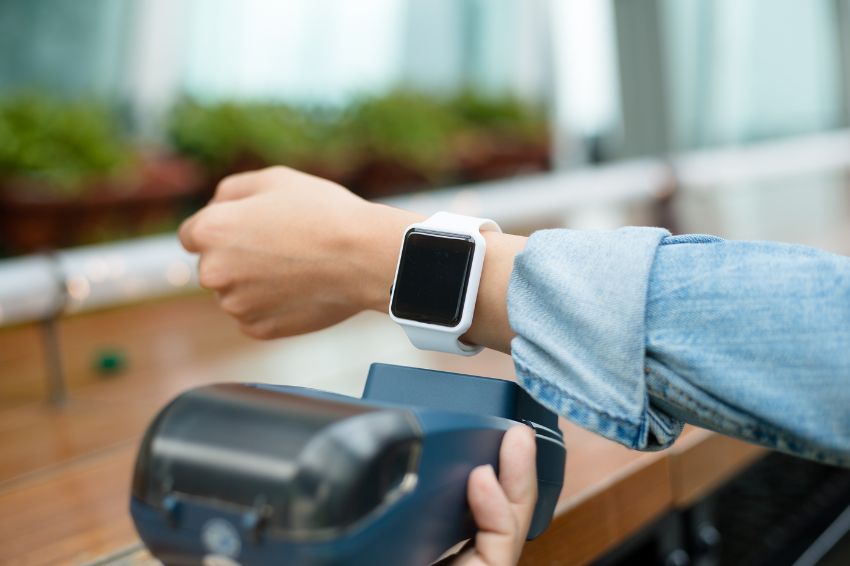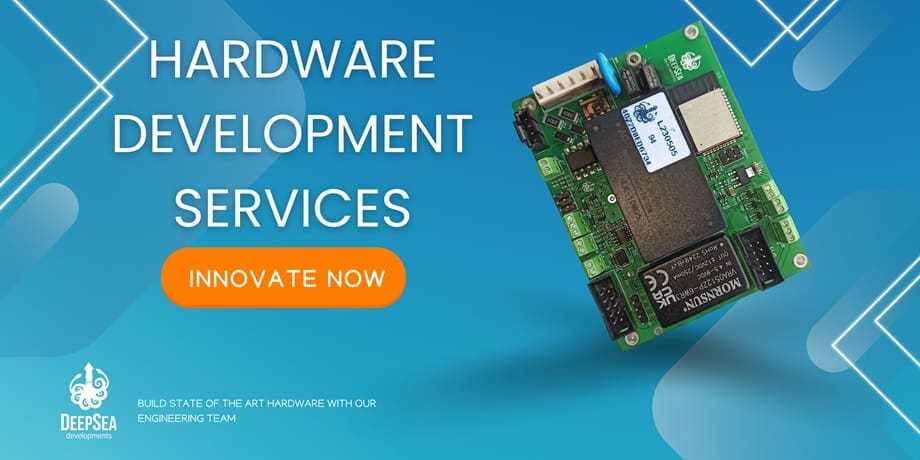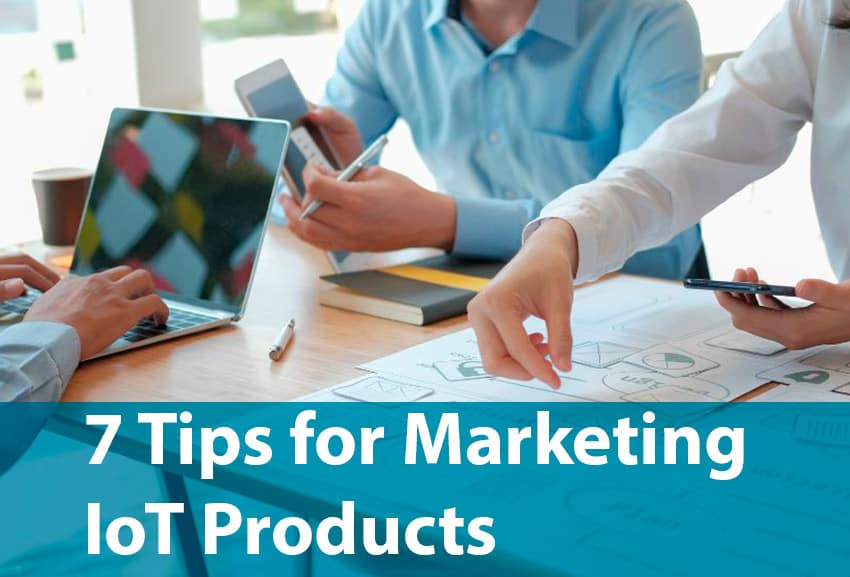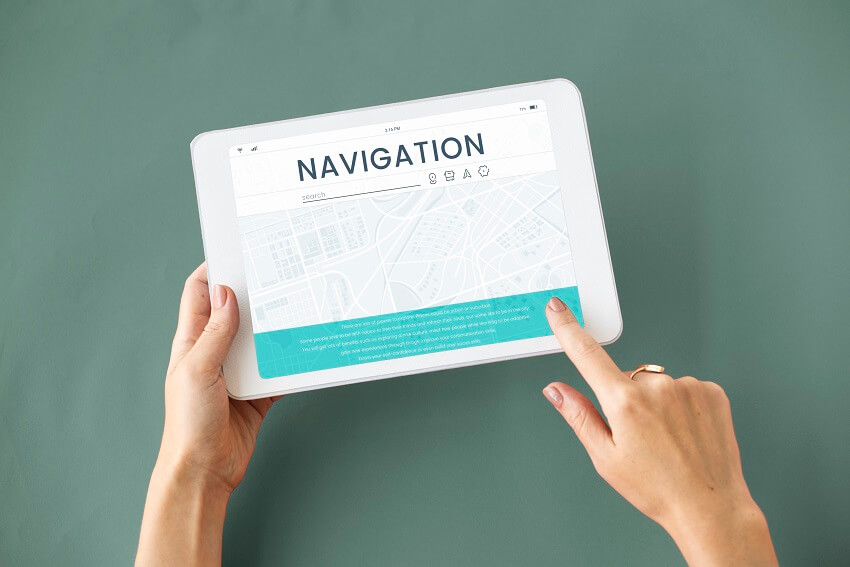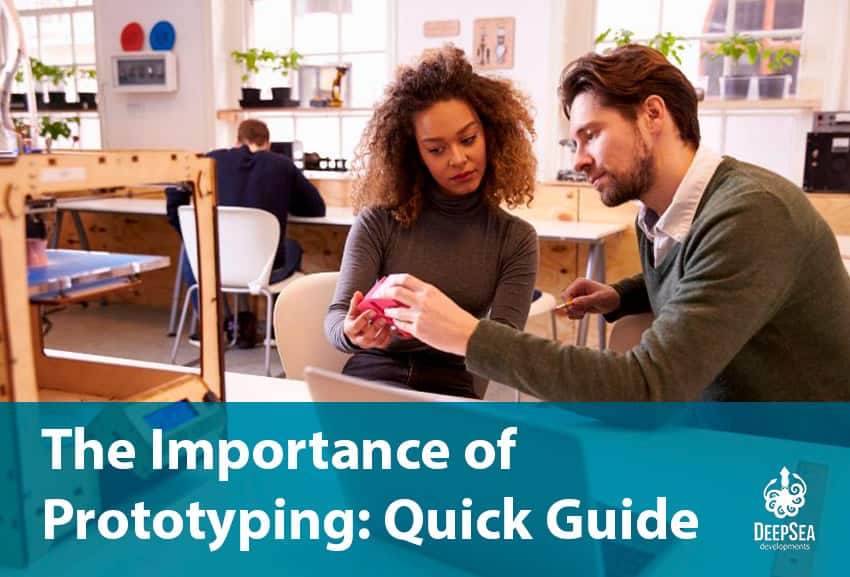Wearables technology have evolved thanks to IoT, they are easy to use, to set up for collecting information, and to connect with different devices. Let’s see in this article some of its applications, examples of devices in the market, and privacy and security aspects to consider.
What are wearable IoT devices?
Wearables, or IoT wearable devices are pieces of technology that you can attach to your clothes or wear as an accessory. These devices can gather information regarding vital signs, and other metrics related to health conditions. They are a result of product development, sometimes done by companies with their own engineering team, or because they get outsourced product development services.
The following may sound weird, but the first watches with calculators, walkman, bluetooth headsets, or Ipods were wearables; they were really popular in their time. However, they evolved thanks to IoT (Find out here why is IoT important to understand more about it).
Because of the Internet of Things technology, wearables have adopted new names: smart wearables, or IoT wearable devices. Why? Because they collect information such as: heart rate, burned calories, blood pressure, time spent exercising, footsteps, among others.
Why do wearable IoT devices collect the human body’s vitals?
Wearables technology that use IoT sensors looks forward to giving personal information to the user. The more data the person collects in his smartphone or app, the better he feels about its health; it is a way to keep control of physical state (and maybe avoid going to the doctor).
We are immersed in an era where information is valuable. People love IoT wearable devices because they provide useful data, and the companies know that too. That’s why there are many companies working on IoT prototyping, to offer wearables with new features.
Wearables IoT applications
Wearable devices and IoT combined produce outstanding results. They include sensors, chips (see ESP32 chip), IoT protocols, and a great firmware and software that are in charge of processing and displaying the data; a combination of IoT with Python is great for ensuring a good performance of the wearable devices.
A wearable without an app wouldn’t be attractive, since users use these devices for monitoring their work out routines and daily activities.
Let’s see some wearable IoT devices examples that are already on the market or in their first stages of product development:
Smartwatches (among most popular wearable IoT devices)
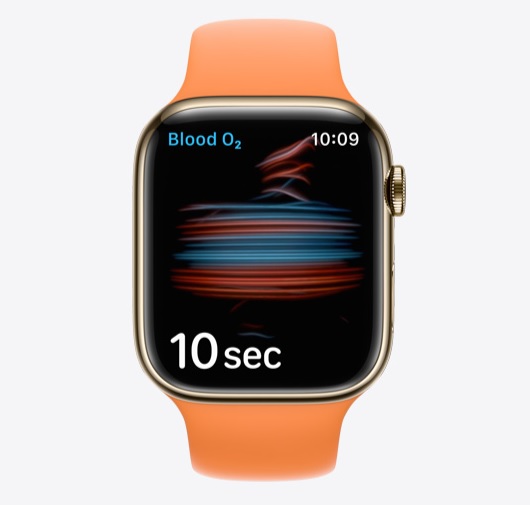
These devices are among the best selling IoT wearable products in the market. They allow you to send messages, manage your emails and even make phone calls. You can find brands in the market such as: Samsung, Apple, Huawei.
If you wear a smartwatch, you avoid taking the phone out of your pocket whenever you need to check a message or your schedule. People love smartwatches because they save time; only check your wrist for a few seconds and you can continue working.
Smartbands
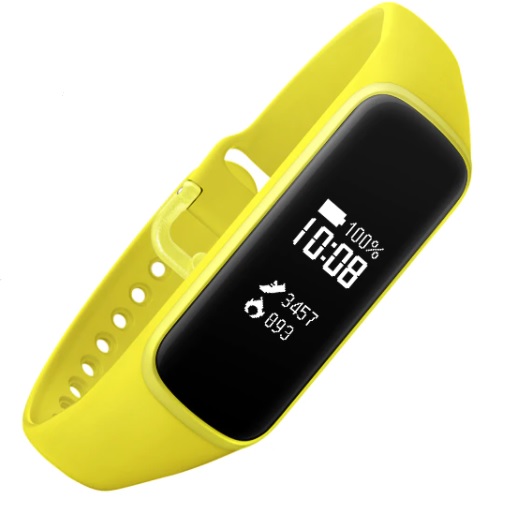
These wearable IoT devices monitor your physical activity, pulse, blood pressure, and breathing patterns. Smartbands are considered fitness wearables. There are other models that allow you to measure the sugar levels in the blood, and your body temperature.
Smartbands don’t have the same features of smartwatches. However, because of their smaller size, some people prefer to wear smartbands.
Smartclothes
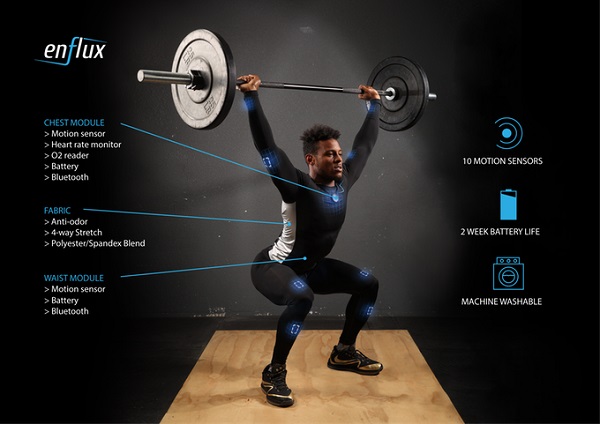
Wearable clothing focus mainly on monitoring your physical activity. For example, muscle performance of the user. This data can be gathered daily, weekly, and monthly.
The product shown above is from a company called Enflux, it brings motion sensors, bluetooth features, it is anti odor, it can measure O2 levels in the body of the person wearing the smart clothing, and it also brings a heart rate monitor.
Smartglasses
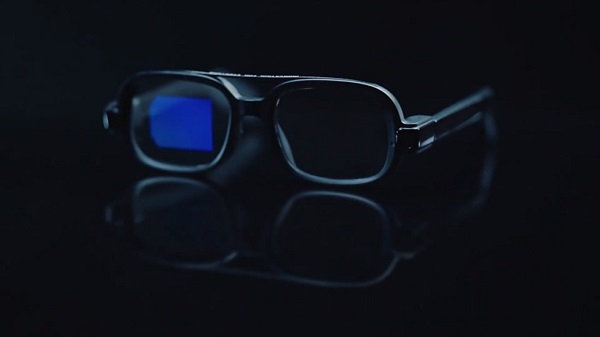
These IoT based wearable devices are really new in the market. Among the uses you can find for this device, imagine having information shown in your lens on burned calories, heart rate, navigation in real time (maps orientation), and how long you have been exercising.
Some developers have added camera lenses to the smart glasses, to give the person the chance to take pictures or record videos. Wearable glasses also may include augmented reality functions, this enhances the experience of the user with the products he interacts with during the day.
What devices could show up in the future? The wearables market continues growing, and with that, the amount of possibilities to launch new and innovative products that can measure more useful information for people. According to Business wire, the smart IoT wearables are expected to reach $30.88 billion in 2025.
At DeepSea Developments we offer IoT product development consulting, if you need help with the design and development of an IoT wearable device, you can click below to get a free consultation with our engineering experts. We use agile hardware development for delivering the best results possible.
Wearable IoT devices – Privacy and security
Smart wearables provide interesting data to each user, however, it is important to consider these devices are a third-party vendor, which opens the door to possible data breaches.
IoT wearable devices are great, but you also need to consider how sensitive is the information they collect from you. Consider the following aspects around wearables privacy and security:
1. Capturing photos, videos, and audio
Wearables are small, easy to hide and to use. Any person could enter a company, take pictures, record videos or audios of private meetings with the help of wearable devices. Then, that person could sell that information to the competition or use it to blackmail.
That’s one of the reasons Google decided to change the target of their Google glass product from any consumer to only companies.
When the product was initially announced, many stores and bars were concerned about their privacy and that of customers.
Google continues developing this wearable, but they only sell it to companies for internal use.
2. Lack of encryption
Wearables need to connect quickly and with ease to different devices, making them neglect basic security standards. Besides, the information they collect is stored on the provider’s cloud servers. This information needs to be properly encrypted.
3. Easy access to personal information
Companies that produce wearables need to consider the aspects mentioned above, since the wearables market could be affected in the near future if there are security IoT breaches of personal information.
A good firmware development company can provide better security and performance of the IoT wearable devices, only if the startup or company that needs the device cares about the proper configurations of IoT protocols and the protection of personal data.
One final recommendation is, look at all possibilities, IoT wearables are really attractive for people who are more engaged with having data at any moment. Also, bear in mind that many of these devices can be used for healthcare monitoring (see healthcare development services).

